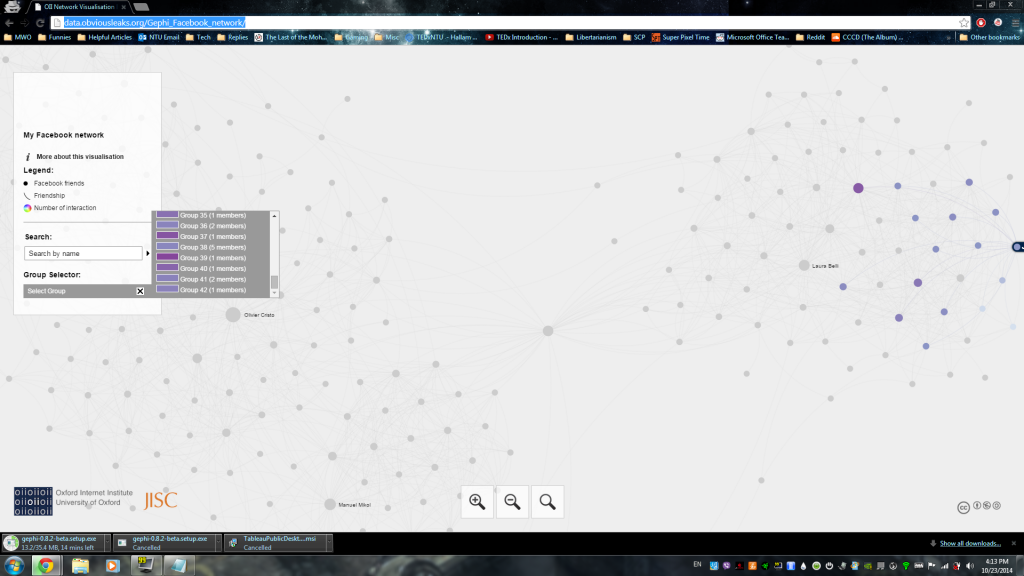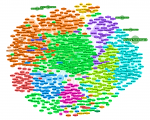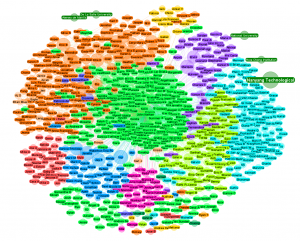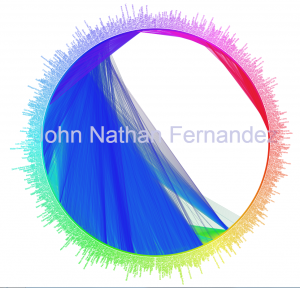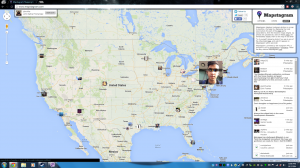Building up on my initial concept of using data and links, I feel that the viewer would play a key element in the project – they will be contributing to the project itself by handing certain Facebook data that is already public (friends, connections, checked in) in order to build up a rough relationship map of ADM.
I believe that the relationship of ADM students and professors beyond simply being under the same institution would be an interesting aspect to explore – how many students and professors are actually connected to each other? Are there more common interests besides subject-specific areas? How many people have gone to the same place?
To do this, the viewer must also become an active participant in the project. The network map depends on data given by interested parties – the viewer must be willing to share something for the work to grow.
Given that we’ve only worked with static, defined data, I’ve been pondering as to how the project would be materialized – hopefully something like this website built with Gephi, but with the links being made on-the-fly based on common factors from the data the participants give.
Screenshot of a site built with Gephi to visualize social connections
Overall, the project depends entirely upon the participation of viewers in order to build a cohesive map – they play a key element in the building up of the work, in as much as they are viewers of the work. This makes the work a collaborative effort in a way, taking shape depending on participation and input.

